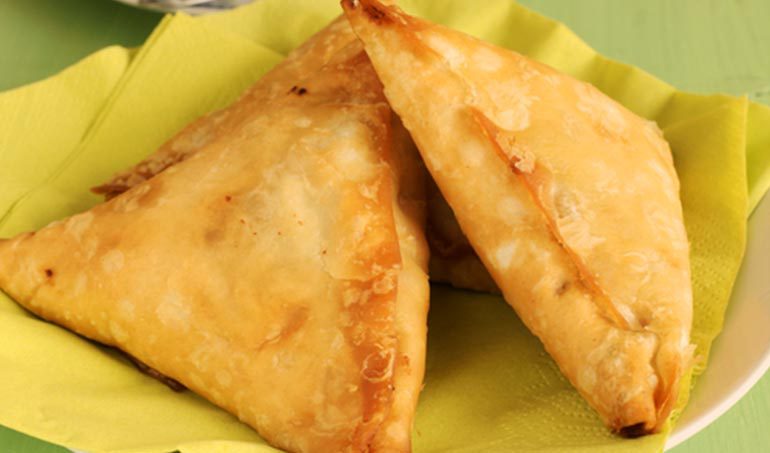During this month, in our Ramadan Bites series we will be sharing and exploring traditions and stories related to Ramadan. One subject close to so many hearts is – The Great Samosa Debate.
Regardless of of ethnicity or culture, samosas, sumusas or sambusaks they are a central part of any famliles Iftar. The making of samosas especially for Ramadan has always been an annual ritual the world over. However, in recent years, with the advent of more convenience and ready-made foods and the change in work -patterns, home-made samosas are on the decline. Not so long ago, use of ready-made pastry for samosas was deemed sacriligious. But, now the changes are even more drastic.
Halima Khanom shares with us her families Samosa Story.
Every year Ramadan creeps up on us, and so does the perpetual routines of sourcing the holy months supply of fried goods. (Not that I am saying that samosas are the point of Ramadan entirely.)
I always attempt to take the ‘honourable’ route of making hundreds of hand made samosas, with my specific minced meat recipe a few days before Ramadan begins.
This year there was a samosa revolution in our house. What we and our mothers have spent days upon days preparing, can now be bought from Tesco aisle number 9.
More to the point, the Ramadan iftar in the UK, atleast within the south Asian community has undergone dramatic changes. We are opting for healthier, quicker, more diverse options for our iftar, which has impacted the iftar itself.
Gone are the days of it being acceptable to eat deep fried starters, mains and deserts. Being second generation British Bangladeshi, I am impressed by my family’s shifting dietary habits. I put this down to a wider awareness of eating healthy, and sourcing this awareness from the practices of the Prophet (PBUH) himself.
There still remains the debate around hand made versus store bought, but I say, lets talk about it over a samosa and chai to decide.
Halima Khanom


Comments are closed.